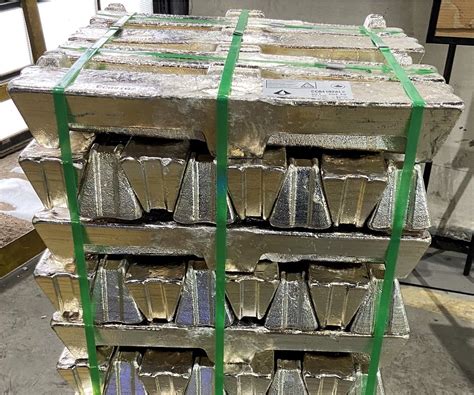Aluminium
Aluminium – Recycling and Scrub Overview
Aluminium is one of the most efficiently and widely recycled metals in the world. Lightweight, corrosion-resistant, and highly durable, aluminium is used in transportation, construction, packaging, electrical systems, and consumer goods. Its recyclability and low environmental impact make it essential to sustainable industrial practices.
Aluminium Recycling Process
Aluminium is infinitely recyclable without loss of quality, and recycling it uses up to 95% less energy compared to producing it from raw bauxite ore. The recycling process involves:
- Collection & Sorting
- Cleaning & Shredding
- Melting & Degassing
- Alloying & Casting
Aluminium scrap is gathered from packaging (cans, foils), vehicles, window frames, machinery, aircraft parts, and construction debris. It is sorted by form and alloy type (e.g., cast, wrought, mixed) using magnets, eddy current separators, and manual inspection.
Scrap is cleaned to remove coatings, plastics, paints, and contaminants. Then it is shredded into small pieces to improve melting efficiency.
The shredded aluminium is melted in a furnace. Impurities and gases (like hydrogen) are removed to ensure high purity.
Alloying elements (such as silicon, magnesium, copper) are added to match desired properties. The molten metal is cast into ingots, billets, or rolled into sheets for new products.
Aluminium Scrub
Aluminium scrub refers to low-grade or contaminated aluminium scrap that contains:
- Painted or coated surfaces
- Mixed metals or plastic attachments
- Foil, turnings, dross, and machining chips
- Dirty or oily aluminium
Despite its lower purity, aluminium scrub can still be recycled:
- Thermal or chemical treatment is used to remove coatings and oils.
- Salt slag processing extracts aluminium from dross and skimmings.
- Advanced sorting technologies help separate clean aluminium from contaminants.
Scrub material is often priced lower than clean scrap but remains a valuable input for secondary aluminium production, especially when processed in specialized facilities.
Conclusion
Recycling aluminium — including scrub — conserves energy, reduces greenhouse gas emissions, and supports a circular economy. With growing demand in green technologies like EVs and solar panels, aluminium recycling will play an increasingly vital role in achieving sustainability goals.
